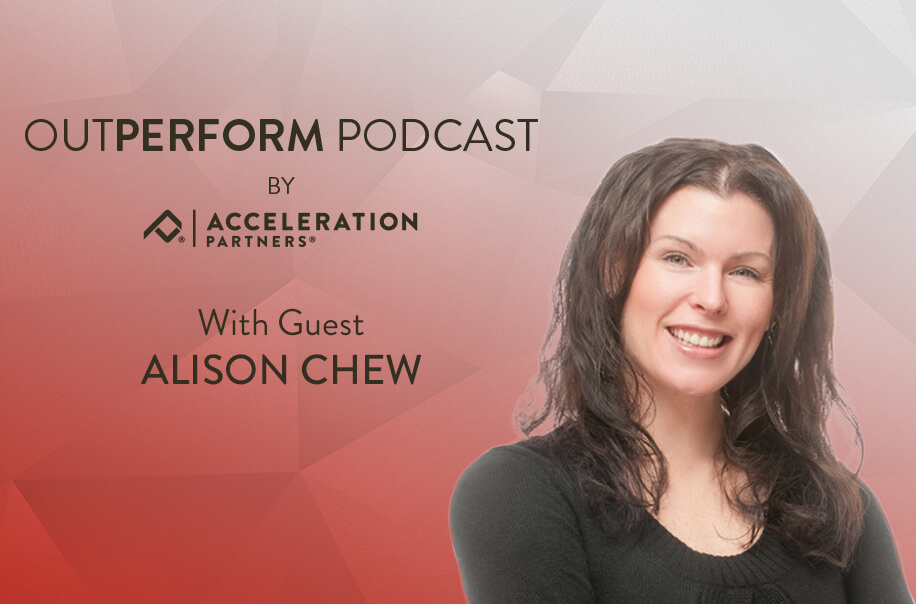

Smarter Attribution: Moving Beyond Last-Click in Affiliate Marketing

For years, affiliate marketers have wrestled with attribution models that don’t tell the full story. The industry’s reliance on last-click attribution – once considered the gold standard – has left blind spots in how partner value is measured. As consumer journeys become more complex and unpredictable, those gaps are widening, leaving many affiliate programs under-recognized for the impact they drive.
That challenge took center stage at Affiliate Summit East, where Emily Okrzesik, Associate Account Director at Acceleration Partners, joined experts from Free People, EMARKETER, and Ouro to explore smarter approaches to attribution and the future of partner value.
Why Last-Click Falls Short
“Last-click attribution is outdated – it ignores everything that happens before the final touchpoint,” Emily explained. “When you only credit the last partner in the chain, you overlook the influencer who sparked awareness, the content site that educated the consumer, or the card-linked offer\ that nudged them closer to purchase. That’s a huge miss for brands trying to understand where their growth is really coming from.”
With emerging channels like influencer, CLO, and CTV playing a larger role in the path to purchase, relying solely on last-click makes affiliate programs look less valuable than they actually are.
Smarter Models for Smarter Decisions
So what comes next? Multi-touch attribution (MTA), incrementality testing, and experimentation models are starting to take hold. These frameworks distribute credit across several touchpoints, offering a more nuanced view of performance.
Emily noted, “There’s no perfect attribution model – every approach has its biases. But as George Box said, ‘All models are wrong, some are useful.’ The key is choosing the one that helps you make better business decisions.”
Multi-touch models can highlight the value of early-funnel partners, while incrementality testing helps prove whether a channel is actually driving outcomes or just capturing credit. Combined, these approaches give affiliate and growth managers the evidence they need to scale budgets with confidence.
The Role of AI and New Metrics
Another theme shaping the future of attribution is AI. While today’s click-based systems may not fully benefit yet, AI is improving tracking and analytics capabilities. Tools like Similarweb, for example, are beginning to capture traffic from LLMs (large language models), pointing toward a future where privacy, first-party data, and AI-driven metrics reshape how value is measured.
“AI won’t solve attribution on its own,” Emily cautioned. “But it can help surface patterns and insights that humans might miss. The real opportunity is using AI alongside smarter attribution models to understand attention, influence, and incrementality – not just clicks.”
Practical Steps for Affiliate Teams
The panel agreed that the future isn’t about chasing the “perfect” model, but about taking practical steps today:
- Run experiments that compare attribution models side by side.
- Use incrementality tests to isolate true value.
- Focus on platform-native metrics (like attention or engagement) where click data is thin.
- Prepare for a future where privacy-first and AI-supported measurement will set the standard.
Looking Ahead
The message was clear: attribution is evolving, and affiliate marketers who embrace flexibility will be best positioned for growth. Relying solely on last-click is no longer enough.
As Emily put it, “Attribution isn’t about finding the perfect model—it’s about finding the model that’s useful for your brand, your partners, and your goals. The sooner teams start experimenting, the sooner they’ll unlock the real value affiliate drives.”
At Acceleration Partners, we believe smarter attribution is central to the future of partnership marketing. By moving beyond outdated models and embracing innovation, brands can better understand partner value, prove ROI, and fuel sustainable growth.





